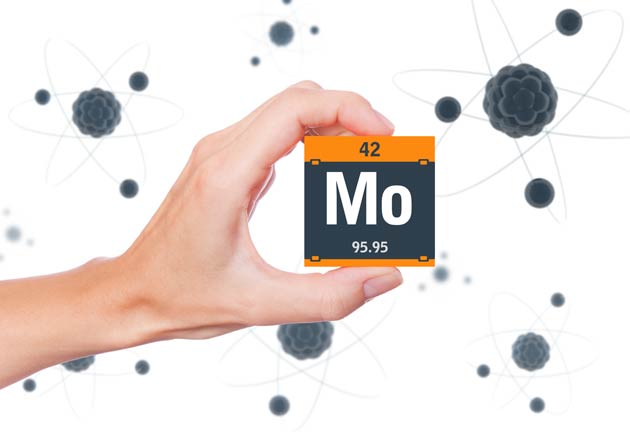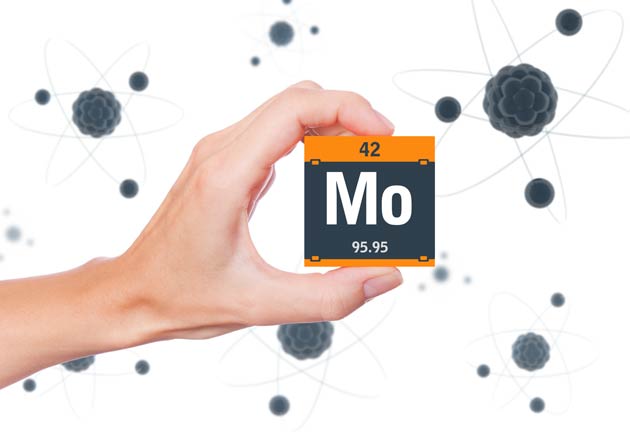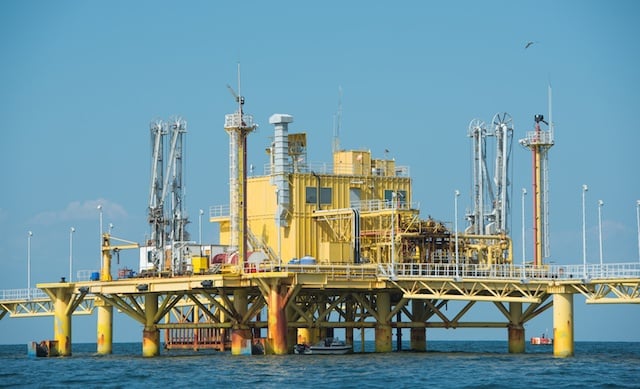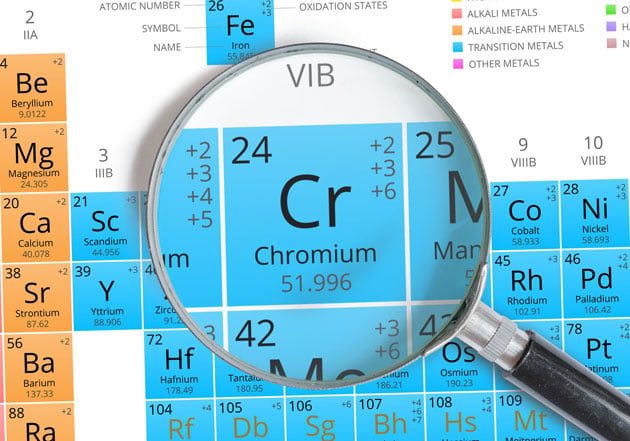
Each alloy in Corrotherm’s selection of available Grades is a carefully balanced blend of high-quality metals that combine together to give the final material useful properties for a range of demanding industries.
Molybdenum is one of these essential additions. It’s a chemical element that has a long history; it was officially discovered as an element in its own right in 1778, and isolated in 1781. It is not a naturally occurring free metal, but in its free metal state it has the sixth-highest melting point of any element. For this reason, its earliest practical application was in incandescent lamps, where its ability to remain stable at higher temperatures made it the perfect choice.
It readily forms carbides in alloys, which is what has made it such a popular material to be added into high-strength alloys and superalloys. In fact, this accounts for the majority (more than 80%) of the production of the metal around the world.
Properties of molybdenum
Molybdenum has some attractive properties, notably excellent strength and mechanical stability. It retains those credentials at extremely high temperatures, and it is both ductile and tough.
These are the main reasons that is has been incorporated into so many industry alloys, but there are other key factors too. For example, it has high thermal and electrical conductivity, coupled with strong bonding with glass, which means that it is still used in lighting, just as it was in the early 20th Century.
It can also offer corrosion resistance in some alloys, for example in INCONEL alloy 27-7MO. This super-austenitic stainless steel has a high-percentage of molybdenum (around 7.2%) and this, along with nickel and chromium, offers high resistance to seawater and brine. The molybdenum content also gives resistance to reducing acids.
Molybdenum alloys are employed across a wide range of different applications including electrical and electronic devices, aerospace components, high-temperature furnaces and processing equipment.
Alloys with molybdenum
Here at Corrotherm, we have plenty of alloys that include molybdenum in their makeup. INCONEL alloy 625 has a high percentage of molybdenum, around 8-10%. Molybdenum helps to contribute to the high strength that the alloy offers, as well as superior resistance to a wide range of severe, corrosive environments.
If an exceptionally high-strength alloy is required, then INCONEL alloy 725 offers broadly the same corrosion resistance as INCONEL alloy 625, but this nickel, chromium, molybdenum and niobium blend is age hardenable to give a strength approximately twice that of annealed INCONEL alloy 625.
One of the highest levels of molybdenum in the alloys that we supply can be found in INCONEL alloy C-276, making up approximately 15-17%. This enhanced content gives the superalloy resistance to localised corrosion, such as pitting. It also helps to make the alloy resistant to sour environments, even at high temperatures.
To see more alloys that use molybdenum, please visit out Grades page. To discuss your requirements, contact a member of our Sales team.
 What is a Molybdenum metal and what are its applications
What is a Molybdenum metal and what are its applications

